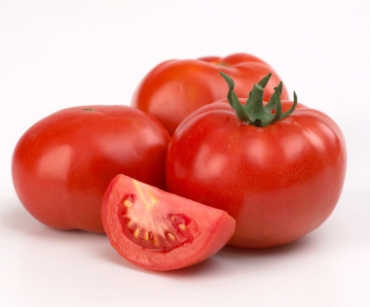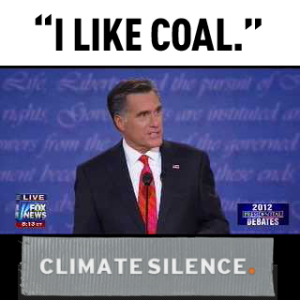A new study released by the Yale Project on Climate Change Communication and George Mason University Center for Climate Change Communication reveals that the majority of Americans now believe that global warming is affecting the weather and that it also is responsible for worsening extreme weather events. Between the end of August through September of this year, more than 1000 people over the age of 18 participated in a survey regarding their beliefs about global warming. The results then were weighted to give nationally representative numbers. The findings of this survey represents a dramatic shift in Americans’ belief in climate change, even from March 2012. Specifically, the following was noted:
- A majority of Americans (73%) agreed that global warming had worsened the record-setting temperatures of this past summer.
- A majority of Americans (64%) agreed that global warming affected the fast-moving band of thunderstorms (derecho) that traveled from Indiana to Virginia this past summer, causing widespread power outages and significant structural damage).
- A majority of Americans agreed that global warming was responsible for the severe drought in the Midwest and Great Plains, last year’s unusually warm winter and the record forest fires in the western United States.
It appears that in the past, many people’s beliefs about climate change were tied to politics with conservatives debunking this phenomenon as a myth. However, the severe weather events over the past year with its massive destruction of life and property have served as an eye opener of the reality of global warming and its ensuing problems to many Americans. As Anthony Leiserowitz, director of the Yale Project on Climate Change Communication states on the subject of politics’ polarizing forces on climate change, “[i]t is the trend that I find in some ways most disturbing, because in the end, the climate system doesn’t care whether you’re a Democrat or a Republican. It’s not like the floods are only going to hit Democrats or Republicans . . . conservatives or liberals. . . . In the end, we all will suffer together and in the end, we’ll all have to solve this together.” http://www.livescience.com/22069-polarization-climate-science.html
For the green movement and environmentalists and scientists, the acceptance of the existence of climate change and global warming by the majority of Americans represents a positive step in the direction to seek solutions to these problems. Perhaps one day we all will live green, be green.
Global warming has become too personal and extreme
to ignore.








